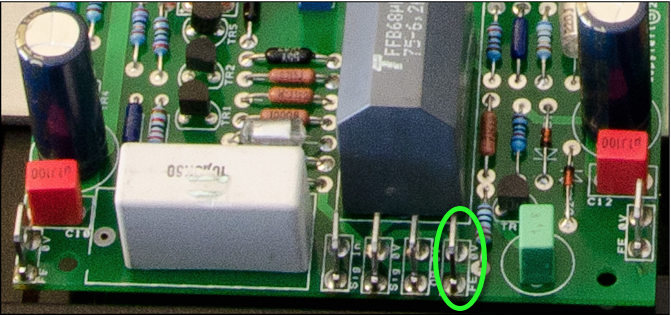Yes, I'm with Alan on the importance of the input cabling being up to scratch.
I had a similar issue when testing one of my builds where there their was a break in the screen mid cable
I was lucky and killed the power before any permanent damage
This is one reason why I prefer a locking DIN plug, but they are not everyone's cup of tea
It may also be worth checking Q1, TR4, TR5 and C3 as I think they are in the path back to the FE positive supply that was dipping under load
Good luck with getting it working again, it's worth it for the enjoyment that these amps give
Mark
I had a similar issue when testing one of my builds where there their was a break in the screen mid cable
I was lucky and killed the power before any permanent damage
This is one reason why I prefer a locking DIN plug, but they are not everyone's cup of tea
It may also be worth checking Q1, TR4, TR5 and C3 as I think they are in the path back to the FE positive supply that was dipping under load
Good luck with getting it working again, it's worth it for the enjoyment that these amps give
Mark



